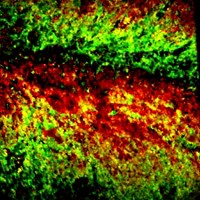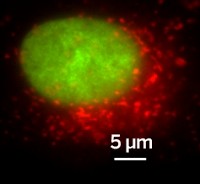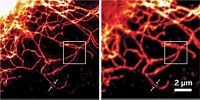Advertisement
Grab your lab coat. Let's get started
Welcome!
Welcome!
Create an account below to get 6 C&EN articles per month, receive newsletters and more - all free.
It seems this is your first time logging in online. Please enter the following information to continue.
As an ACS member you automatically get access to this site. All we need is few more details to create your reading experience.
Not you? Sign in with a different account.
Not you? Sign in with a different account.
ERROR 1
ERROR 1
ERROR 2
ERROR 2
ERROR 2
ERROR 2
ERROR 2
Password and Confirm password must match.
If you have an ACS member number, please enter it here so we can link this account to your membership. (optional)
ERROR 2
ACS values your privacy. By submitting your information, you are gaining access to C&EN and subscribing to our weekly newsletter. We use the information you provide to make your reading experience better, and we will never sell your data to third party members.
Analytical Chemistry
Firefly Radiance Revisited
December 17, 2007
| A version of this story appeared in
Volume 85, Issue 51
Researchers have co-opted fireflies' twinkle for experimental readouts in forensic, cellular, and other studies, but full details about how the insects glow remain unclear. Now, Yoriko Ando and Hidefumi Akiyama at the University of Tokyo and coworkers have used their recently developed chemiluminescence spectrometer to reexamine firefly bioluminescence (Nat. Photonics, DOI: 10.1038/nphoton.2007.251). The team assessed fireflies' luminescence quantum yield—that is, the efficiency of the insects' lanterns. The new, more accurate value is half of the previously accepted 50-year-old measurement, but fireflies still rank as better light producers than other luminous creatures, such as jellyfish. The researchers also revisited the mechanism of pH-dependent color changes in firefly light emission. The results suggest that the dominant green emission decreases at lower pH, which allows the relatively constant red emission to shine through. Other experts contend that more research is needed to confirm those color-change observations, noting also that the new technology could help fine-tune knowledge about bioluminescence.





Join the conversation
Contact the reporter
Submit a Letter to the Editor for publication
Engage with us on Twitter